Planning what to wear on an Alaska cruise? Picture this: one moment, you’re bracing against icy glacier winds; the next, you’re peeling off layers under the warm sun. Rain? Almost guaranteed. Wind? A constant companion. That’s the wild charm of Alaska—and why packing smart isn’t just helpful, it’s essential.
On my first Alaskan cruise, I learned the hard way how quickly the weather shifts—sunshine one minute, scrambling for a rain jacket the next. But packing right meant I could soak in breathtaking glacier views instead of stressing over soggy shoes or forgotten layers.
To save you the trial and error, I’ve created a free printable PDF packing checklist. It’s packed with tips to keep you warm, dry, and comfortable while making the most of your cruise. Trust me, you’ll want this handy guide—grab it just below the intro and start planning like a pro!
This article goes beyond the checklist, too. From seasoned advice to insider tips, every detail is here to help you cruise through Alaska’s unpredictable magic with ease. Let’s dive in!
Printable PDF Checklist for an Alaska Cruise Download
Stay organized and stress-free with this Alaska cruise packing checklist. Click on the button below and print it to ensure you’re fully prepared for your next cruise.
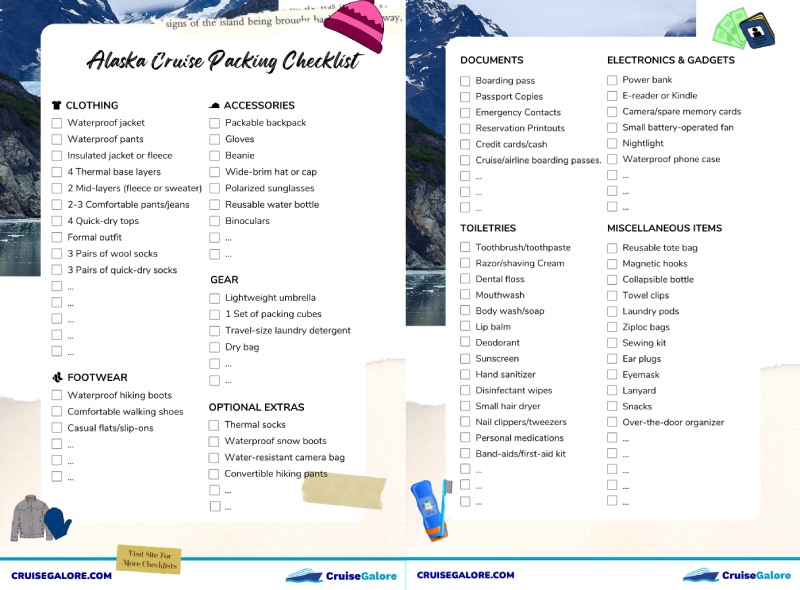
Why Packing for Alaska is Unlike Any Other Trip
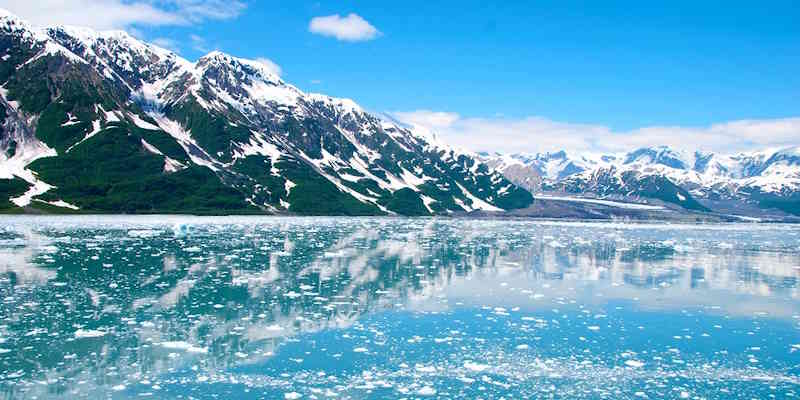
Packing for Alaska is like preparing for two cruises in one. By day, you might be hiking rugged trails in boots and a windbreaker. By evening, you’ll slip into something elegant for dinner onboard. It’s a mix of outdoor adventure and onboard sophistication.
When it comes to Alaska’s weather, unpredictability is the norm. Late spring, particularly May, is among the driest months, with daytime temperatures ranging from the mid-50s°F (10–15°C) and lows in the upper 30s to lower 40s°F (3–6°C). Summer months, especially July, bring long, sunny days with highs averaging around 65°F (18°C), though rain is still possible. Fall ushers in cooler temperatures, with September highs around 55°F (13°C) and lows near 40°F (4°C), along with increased rainfall. Some areas might even see early snow.
Discover the optimal times to embark on an Alaska cruise with this monthly breakdown.
Mastering Layers to Conquer Alaska’s Wild Weather

When it comes to Alaska’s unpredictable weather, layers are your ultimate defense. Crisp, icy mornings can warm up by afternoon, only to turn chilly again in the evening. And if it’s not raining yet, it probably will be soon.
On a trek through Juneau, I started the day bundled in layers but quickly shed my fleece as the sun broke through. By midday, I was down to my base layer, and by evening, I was back in my jacket. That flexibility made all the difference—and kept me comfortable no matter what the weather threw at me.
Layering is simple and effective:
- Base layer: Moisture-wicking thermals to stay dry and warm.
- Mid-layer: A fleece or sweater to trap heat.
- Outer layer: A waterproof, windproof jacket for rain and wind protection.
This system keeps you ready for anything, from glacier views to sunny hikes, without bulky clothing weighing you down.
Gear Up for Adventure: What to Wear for Excursions

After years of cruising and learning from seasoned Alaska travelers, I can confidently say that preparation is the key to enjoying Alaska’s wild excursions. The right clothing transforms your experience from worrying about the weather to soaking in the jaw-dropping scenery. Alaska’s climate is unpredictable—packing flexible, practical layers is non-negotiable.
Avoid common pitfalls by learning from these critical Alaska cruise mistakes.
How to Gear Up for Hiking Trails in Alaska
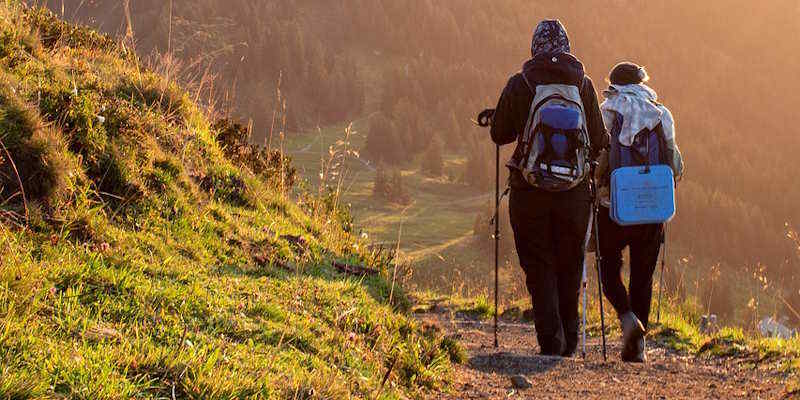
Alaska’s trails demand durability and adaptability. One cruiser described how sunny skies in Skagway quickly turned to mist and muddy paths, making waterproof hiking boots an absolute lifesaver. “By the time we finished the hike, I was peeling off layers—but my boots saved me from soggy feet,” they shared.
What to Wear:
- Waterproof hiking boots: Essential for grip on uneven, wet paths.
- Moisture-wicking base layer: Keeps sweat away, ensuring comfort.
- Lightweight fleece or insulated jacket: Perfect for shifting temperatures.
- Waterproof raincoat: Shields against sudden downpours.
- Convertible hiking pants: Adaptable to changing conditions.
Wildlife Tours: Comfort Meets Practicality

Wildlife tours in Alaska often require standing still for long periods, waiting to spot a bear or an eagle. Staying comfortable means layering wisely and wearing waterproof shoes for damp ground. Don’t forget to bring binoculars for up-close views.
What to Wear:
- Top Layer: Windproof jacket for chilly breezes.
- Mid-Layer: Warm fleece or sweater to keep cozy.
- Shoes: Waterproof walking shoes to handle wet ground.
- Accessories: Gloves, a beanie, and binoculars.
Insider Tip: One cruiser shared, “Even in mid-August, gloves were a lifesaver during an early morning bear-watching tour.”
Read more: Discover 30 secrets cruise lines don’t want you to know.
Glacier Walks: Stay Warm on the Ice
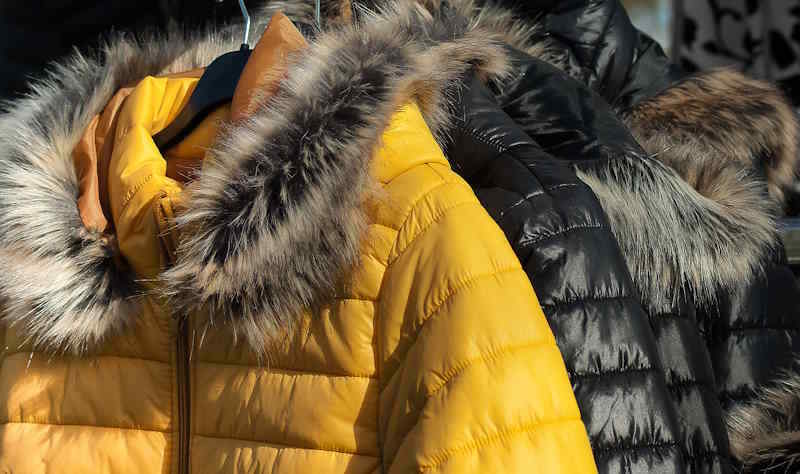
Glacier walks are an unforgettable adventure, but they demand serious cold-weather gear. “Even in August, Glacier Bay was freezing,” said one experienced cruiser. “I saw so many regret not packing gloves or a hat. That wind cuts right through you.”

What to Wear:
- Waterproof snow boots with grip: Versatile for multiple activities and suitable for mild icy conditions. (Excursions often provide snow boots for specific activities.)
- Thermal base layer: Essential for maintaining warmth.
- Insulated mid-layer: Fleece or down works best.
- Warm overcoat and snow pants: Keep out the chill.
- Hat and insulated gloves: Critical for battling wind and frost.
Kayaking Adventures: Dress for the Water
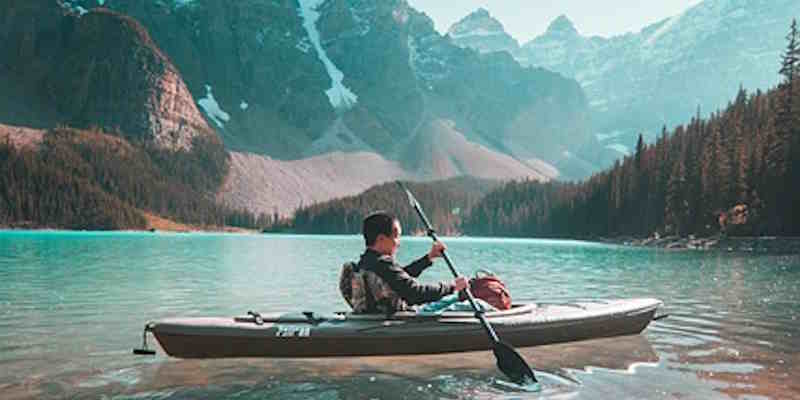
Kayaking in icy waters is breathtaking but unforgiving. Waterproof, quick-dry gear is essential to avoid discomfort and stay focused on the adventure. As one traveler noted, “Staying dry is everything. Quick-dry pants and waterproof shoes are a must—no one wants to paddle in soggy gear.”
What to Wear:
- Quick-dry tops and bottoms: Avoid waterlogged fabrics.
- Waterproof rain jacket and pants: Shields you from splashes.
- Lightweight, waterproof shoes: Easy to maneuver in and out of the kayak.
- Gloves: Protect your hands while paddling.
- Dry bag: Keeps essentials safe from water exposure.
Photography Excursions: Dress to Capture the Moment

Photography excursions involve standing outdoors, often in chilly, damp weather. To keep your hands free, focus on warmth and mobility. Layer smart and wear gloves with touchscreen compatibility for quick snaps.
What to Wear:
- Insulated jacket or fleece
- Comfortable waterproof shoes
- Gloves with touchscreen tips
- Hat with a brim to block glare
- Water-resistant bag for camera gear
Fishing or Whale-Watching Expeditions: Stay Dry and Comfortable
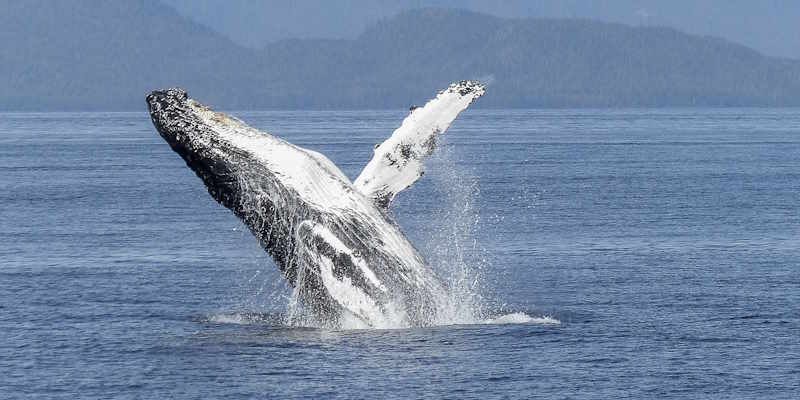
Expect wind and spray while out on the water. Waterproof layers and non-slip boots are essential for comfort and safety. Also, don’t forget sunscreen and sunglasses for spending long hours on the open deck.
What to Wear:
- Waterproof raincoat
- Non-slip waterproof boots
- Thermal socks
- Hat or cap for sun protection
- Polarized sunglasses
City Strolls: Casual Comfort for Exploring

Exploring Alaska’s towns is all about comfort and versatility. One cruiser mentioned how “a light jacket and sneakers made my stroll through Ketchikan effortless, even with sudden rain.” A compact umbrella also proved invaluable for unexpected showers.
What to Wear:
- Comfortable sneakers or walking shoes: Great for uneven sidewalks.
- Light sweater or long-sleeve top: Ideal for mild weather.
- Windbreaker or light jacket: Fends off unexpected breezes.
- Crossbody bag or small backpack: Handy for carrying essentials and souvenirs.
- Compact umbrella: Perfect for quick showers.
Read more: 25 Things NOT to Forget to Pack for an Alaska Cruise (Often Overlooked)
Cruise Style: Onboard Fashion Essentials
When you’re not spotting whales, trekking glaciers, or hiking in forests in Alaska, life onboard has a unique vibe. Think casual comfort for sea days and chic elegance for formal evenings. So, don’t forget about packing for cozy afternoons in the lounge and fine dining. Here are some tips on what to wear onboard.
Daytime Casual
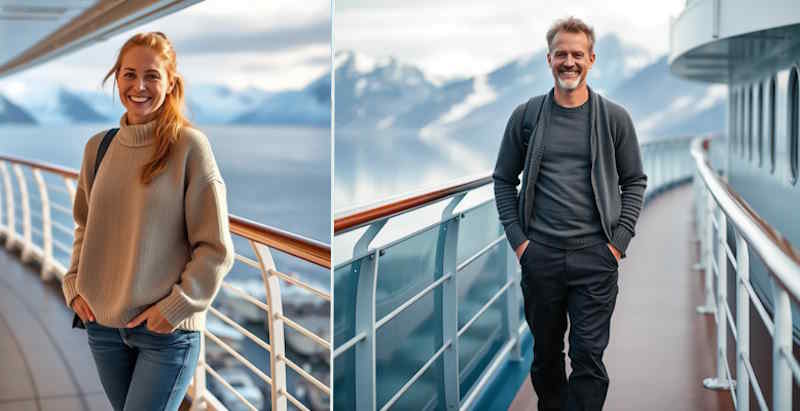
Daytime on the ship is all about comfort without sacrificing practicality. Think layers you can peel off as the ship warms up or lightweight sweaters if it gets chilly. A good rule of thumb? Keep it relaxed but presentable. One cruiser shared that their go-to outfit was a cashmere sweater and comfy designer jeans. They said the combination was perfect for lounging or stepping outside briefly.
What to Wear:
- Comfortable dark-colored jeans or travel pants
- Long-sleeve tops or lightweight sweaters
- Cardigans or zip-up fleeces for layering
- Sneakers or casual slip-on shoes
Evening or Formal Attire

Evenings onboard bring a touch of elegance, but Alaska cruises are refreshingly more low-key compared to tropical cruise itineraries. You’ll notice most dinners dress smart-casual. Think nice sweaters, blouses, or button-down shirts.
For formal nights, leave the tux or ball gown unless you want to get really fancy. Usually, a stylish dress or blazer and polo shirt fit the bill perfectly. However, always check with your cruise line on their dress codes for formal evenings.
One cruiser shared their experience online, “I was surprised at how casual the entire cruise was compared to Caribbean cruises. Passengers didn’t usually get dressed up for dinner. We saw many people in jeans and hiking-type clothes or casual wear.”
Another shared that luxury cruise ships in Alaska have fancier restaurants than the regular cruise lines. So, you may want to “push the boat out” to get dressed up for a specialty restaurant.
What to Wear:
- Casual dresses or blouses for smart-casual nights
- Button-down shirts or sweaters
- A blazer or lightweight jacket for evening elegance
- Comfortable dress shoes or low heels
- Accessories to elevate your look without overpacking
Dressing for the Seasons: Spring, Summer, and Fall

Depending on the season you travel to Alaska, you may need to tweak the cruise packing list. For spring and fall, prioritize warmer mid-layers and breathable, waterproof gear. It’s not unusual to get snow in late fall. Stick to lighter layers in summer, but don’t forget a rain jacket.
Skip These: What You Don’t Need to Pack on an Alaskan Cruise
Overpacking—it’s the rookie mistake almost every first-time Alaska cruiser makes. Trust me, you don’t want to wrestle a bloated suitcase stuffed with “just in case” items you’ll never touch. The key? Pack smarter, not heavier. Stick to versatile, mix-and-match pieces that work across settings. So, what should definitely stay behind?
Here are items that shouldn’t be in your cruise luggage:
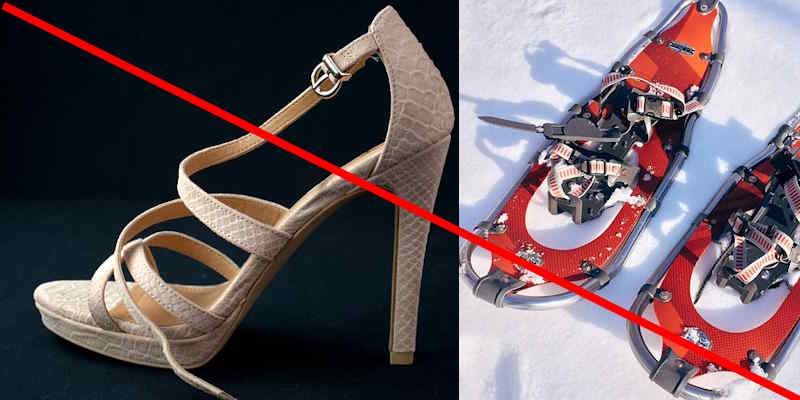
- Snowshoes: Unless you plan glacier hiking, stick to good waterproof hiking boots. Remember, it’s a myth that Alaska is a frozen tundra all year—summers can be exceedingly mild.
- Heavy winter coat: Alaska isn’t Antarctica, so stick to thermal layers and moisture-wicking fabrics to stay warm. Leave the bulk at home.
- Formal high-heels: Skip the stilettos—excursions and ship decks are not heel-friendly. Opt for comfortable flats or low wedges instead.
- Open-toe shoes: Mud, puddles, drizzle, and downpours are common throughout the year. Ensure all footwear is waterproof.
Of course, your Alaskan cruise packing list of what not to bring onboard should also include standard no-no’s for a cruise like:
- Household appliances
- Non-cruise-approved power strips
- Expensive jewelry
- Hard liquor
- Recreational drugs (even if they’re legal in your state)
Don’t Forget to Pack These Vital Items
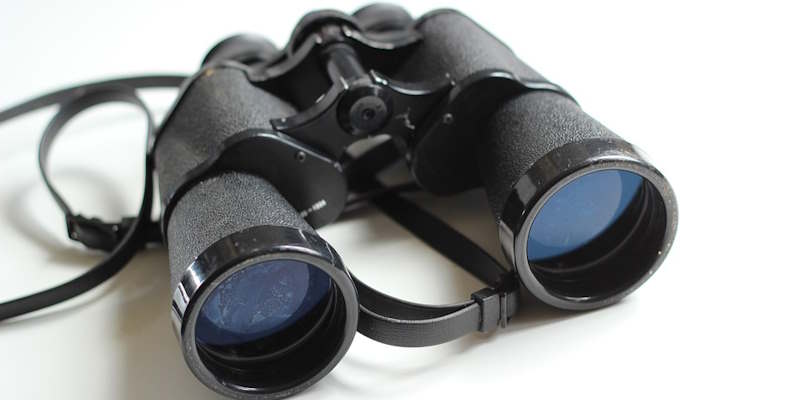
Apart from cruise essentials, seasoned cruisers in Alaska know that some less apparent items can make your Alaska cruise infinitely smoother and more enjoyable.
Here are some of the most useful, non-typical items to pack that cruisers recommend packing for Alaska:
- Magnetic hooks: Use them to hang jackets or bags on the metal walls of your cabin.
- Binoculars: Don’t rely on the one in the cruise ship cabin if you want great views of whales, eagles, moose, brown bears, and distant glaciers.
- Reusable water bottle: Stay hydrated on excursions without the waste of plastic bottles.
- Collapsible backpack: Lightweight and compact for carrying essentials on shore.
- Bug spray: The mosquitos in Alaska can be just as wild and unforgiving as the rugged terrain
- Travel laundry detergent: Great for washing small items in the sink to cut down on packing.
- Ziploc bags: Perfect for keeping wet clothes or electronics protected on damp excursions.
- Waterproof, floatable phone pouch: Don’t risk your smartphone sinking to the bottom of Inside Passage on a boat excursion
- Compact umbrella: Small enough for your bag but crucial during Alaska’s rain showers.
- Sunscreen: Yes, even in Alaska, the sun can be intense on bright days, and remember, it shines for 19 hours in summertime
- Motion sickness bands or medication: The seas around Alaska can be rougher and experience larger swells than the Caribbean.
Read more: 20 Critical Alaska Cruise Mistakes Too Many Cruisers Make.
Pack Smarter, Not Heavier: Pro Tips for Alaska Cruise Packing
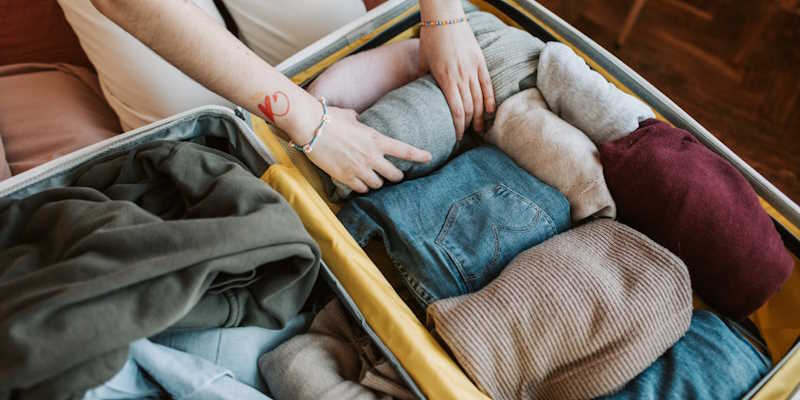
Packing for Alaska is all about nailing versatility without overloading your suitcase. Here’s how to bring everything you need while keeping it lightweight and efficient:
- Use packing cubes to keep clothing organized and easy to find. They’re perfect for small cruise cabin storage spaces.
- Build a capsule wardrobe with mix-and-match items. For example, dark jeans can be dressed up for dinner or paired with a fleece for excursions. Stick to neutral colors with a few accent pieces.
- Roll your clothing to save space and reduce wrinkles.
- Plan outfits by activity. Think layers for excursions, casual wear for lounging, and something semi-formal for dinners. This ensures every item has a purpose.
- Skip the “just in case” mentality. Focus on essential, versatile pieces rather than overpacking items you’re unlikely to use.
Read more: Learn how to pack efficiently for a week-long cruise using just a carry-on.
Packing List for an Alaska Cruise
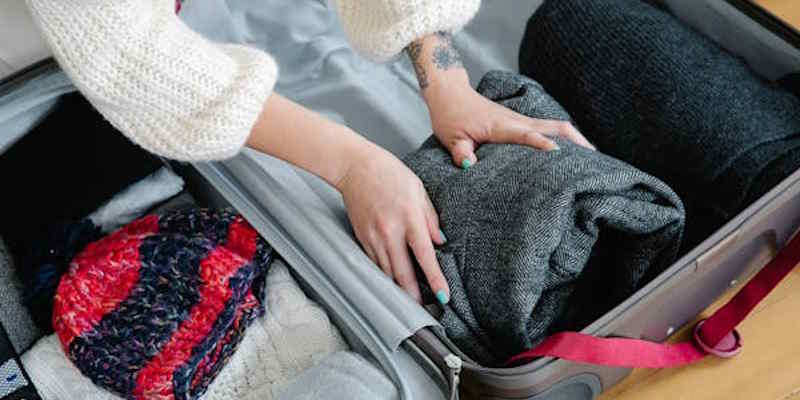
Here’s a packing plan that balances preparedness and practicality, ensuring you’re ready for Alaska’s stunning but unpredictable environment without overloading your luggage.
Clothing Essentials to Pack
- 1 Waterproof jacket with hood: Lightweight and breathable for rain and wind protection.
- 1 Fleece jacket: Stay warm and layer up on colder days with the waterproof jacket.
- 4 Thermal base layers: Long-sleeve tops to keep you warm without bulk.
- 2 Mid-layers (fleece or sweater): Versatile options for colder mornings and evenings.
- 1 Pair of waterproof pants: Perfect for excursions like glacier walks or kayaking.
- 2-3 Comfortable pants or jeans: For casual days onboard and light excursions.
- 4 Quick-dry tops: Ideal for layering during active outings or warmer afternoons.
- 1 Formal outfit: A dress, skirt, or blazer for formal dining nights.
- 3 Pairs of wool socks: Smartwool socks or keeping feet warm on board
- 3 pairs of wicking socks: For keeping feet dry on shore excursions
Footwear to take on an Alaska cruise
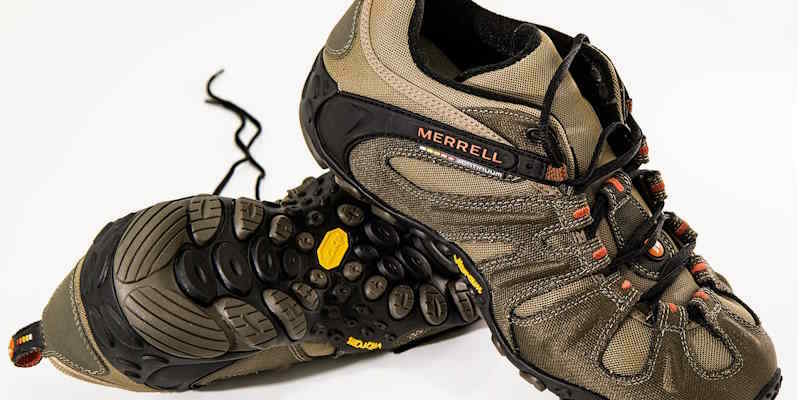
- 1 Pair of waterproof hiking boots: Essential for shore excursions and trails.
- 1 Pair of comfortable walking shoes: Great for onboard or strolling through towns.
- 1 Pair of casual flats or slip-ons: For relaxed evenings onboard or casual excursions.
Accessories
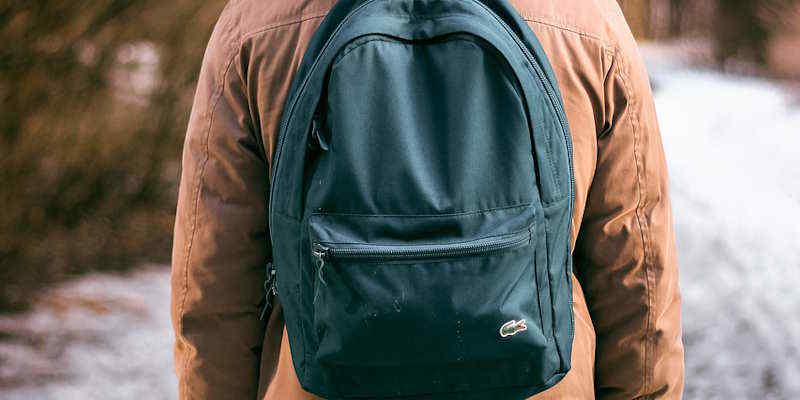
- 1 Packable backpack: To carry essentials on shore excursions.
- 1 Pair of gloves and a beanie: For chilly mornings or glacier visits.
- 1 Wide-brim hat or cap: For sun protection on deck or during tours.
- 1 Pair of sunglasses: Polarized lenses are best for glare off water and snow.

Gear and Extras
- 1 Reusable water bottle: Hydration on the go.
- 1 Pair of binoculars: To spot wildlife and far-off glaciers.
- 1 Lightweight umbrella: A foldable one is handy for sudden rain showers.
- 1 Set of packing cubes: Organize your suitcase like a pro.
- Several sachets of small travel laundry detergent: Wash essentials on longer cruises.
Read more: Ensure you don’t miss these crucial items for Alaska cruise often overlooked by travelers.
Top Questions Answered: Your Alaska Packing FAQs
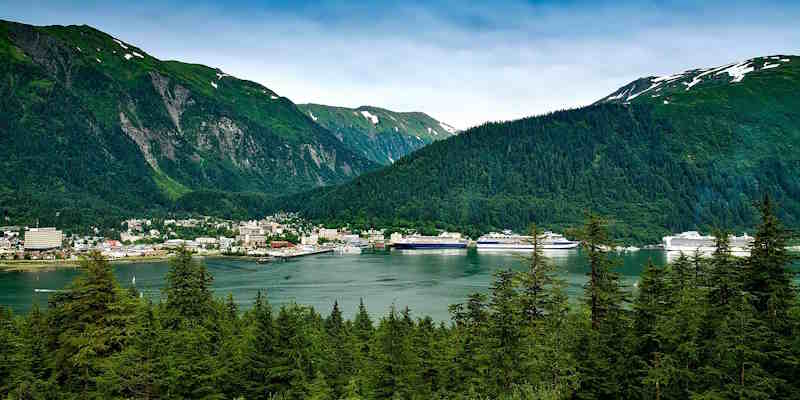
How many pairs of shoes should I pack?
Three’s the magic number.
- Waterproof hiking boots for excursions
- Comfy walking shoes for town days
- Something casual (like slip-ons) for onboard lounging.
Can I rent outdoor gear like boots and jackets?
It’s usually possible to rent outdoor gear for Alaska cruise excursions. However, check with your cruise line about availability. Some luxury cruise lines in Alaska provide adventure gear as part of the package.
How many outfits should I pack for a 7-day Alaska cruise?
Aim for versatility by packing mix-and-match items. Most seasoned cruisers recommend four or five tops, two to three bottoms, and thermal layers. Also, pack one formal outfit if you plan a nice dinner. Doing laundry in the sink ensures you’ve enough socks and underwear for the week without taking seven pairs. Less is more when you pack smart.
Ready for Your Alaska Adventure?
Packed, prepped, and ready to tackle Alaska’s breathtaking wilderness? Prepared to stay cozy and enjoy the onboard vibes? Proper clothing layers, versatile gear, and a smart packing plan ensure you stay warm, dry, and ready for every adventure. No chattering teeth, shivering, and damp feet. Just stunning glacier views, wildlife sightings, and elegant onboard dinners.
Safe travels, and here’s to unforgettable memories in America’s Last Frontier.
Related articles:

